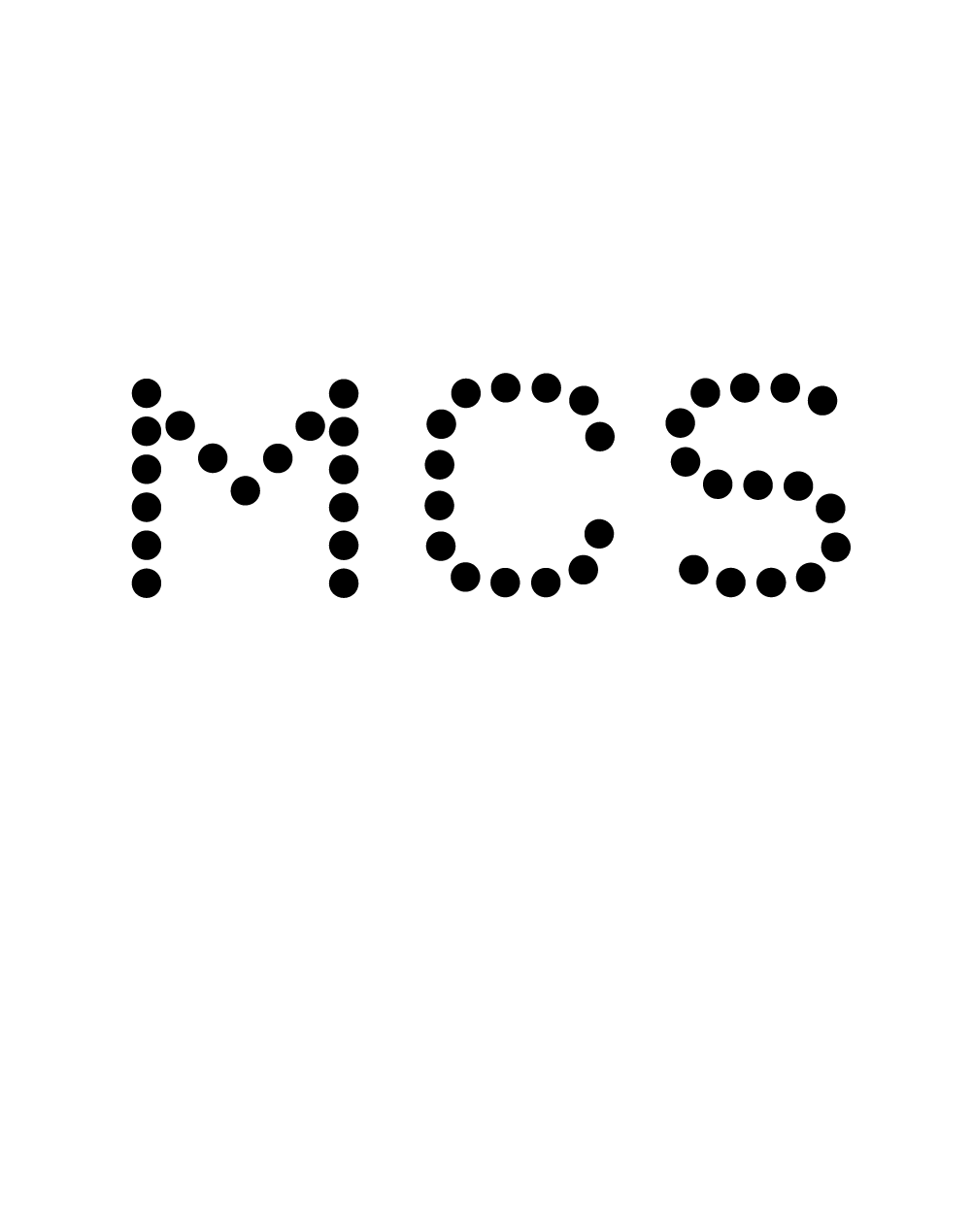In the previous post in this series, we looked at the role of the government, the local councils and us as consumers in creating a more sustainable future, so let’s now look at how close we are to becoming more self-sufficient.
As a society, we’re not too far away from the average homeowner having the capacity to become at least semi-sustainable. Solar energy is available to the vast majority of us – with the only exceptions being those who live in listed, thatched or particularly unusual buildings – and new data published this month by the National Grid declared 2017 our ‘greenest’ summer on record.
At just over £3,000 for an average system, the cost of solar panels is now 20 per cent of what it was when people first began installing them. Aesthetically, there have been significant developments too; gone are the old blue panels jutting out eight inches above a roof; we now embed panels that can be the same colour as your roof tiles, which sit directly in the roof and appear part of the house.
But while there’s no doubt that installing solar panels will give you free electricity and create revenue from your unused electricity through the Government Feed in Tariff, looking for a monetary return on investment is really not the point of renewable energy.
You wouldn’t look at the return on investment for any other purchase you made in your house, like hardwood flooring or a new sofa, or even double glazing – you’d simply want your house to be warmer or more comfortable.
The real long-term benefits are around producing clean, locally-sourced energy that’s capable of matching supply directly to demand. Thirty years ago, an energy company would estimate roughly how much electricity was needed at any given point.
They’d know, for example, that we’d probably need more electricity half way through Coronation Street because we were all getting up to put our kettles on. So they’d pump this extra electricity down the line from vast power stations to meet the demand, which becomes dirtier and less cost effective with every mile it has to travel to reach you.
But now, our usage is much more difficult to predict; people are using less electricity because their homes are more efficient, and because more electricity is being generated from wind and solar, which is dragging demand down. We’re each plugging in more devices, but there’s no set time for doing this, and the Coronation Street concept no longer works.
Essentially, that renders traditional predictability models useless; the only way we’re going to use our energy more efficiently is to match demand directly with supply. This model works especially well for big businesses; take the average supermarket chain, for example. The National Grid can detect when the country’s at peak usage, so rather than generating more electricity, they can pay supermarkets to turn their fridges down by 10 per cent across every branch to meet demand more sustainably.
The supply and demand model works in reverse too; wind or solar farms who are producing too much energy can offer their surplus to local businesses who might need extra energy to charge or use machinery or technology at certain times of day. And it’s no different at an individual level; we’re now able to generate our own clean electricity from our roof, store any surplus in a battery or sell it to someone across the road.
This sharing economy will also be driven by the potential for users with an EV charging point to allow other electric vehicle users to access their chargers, as well as sharing surplus created by locally generated electricity.
As people become more conscious of the available resources within their home created by solar energy, sharing will become much more commonplace.
Check out Part Four in our Sustainability Series to find out what an energy-efficient home and lifestyle really looks like.






